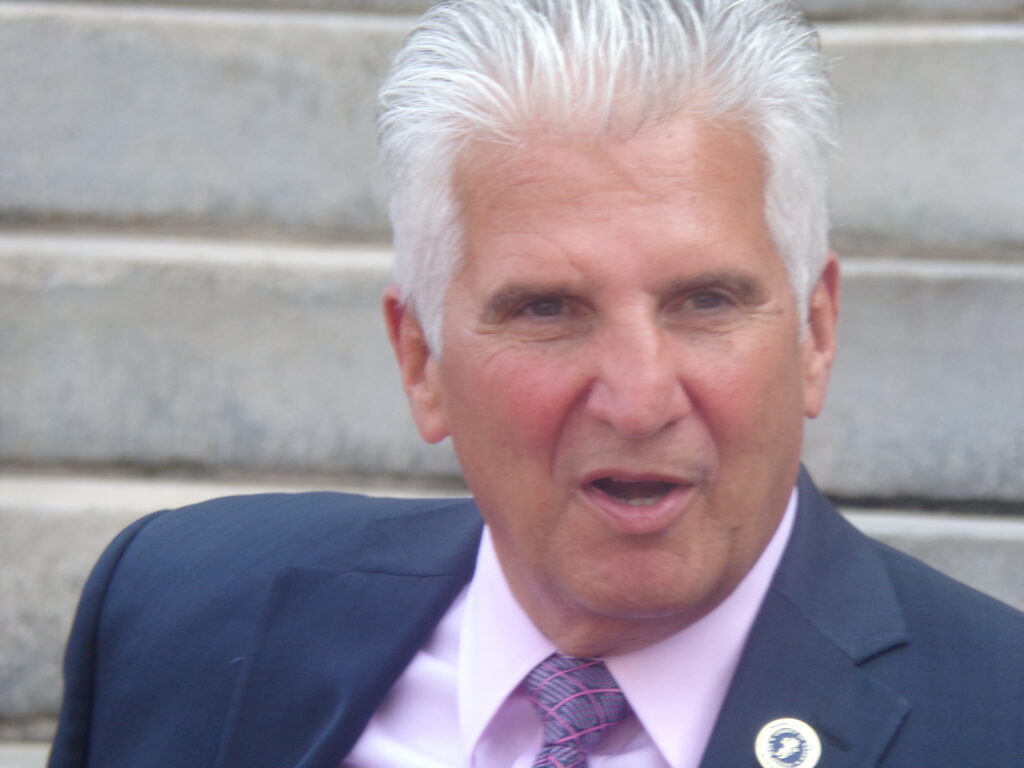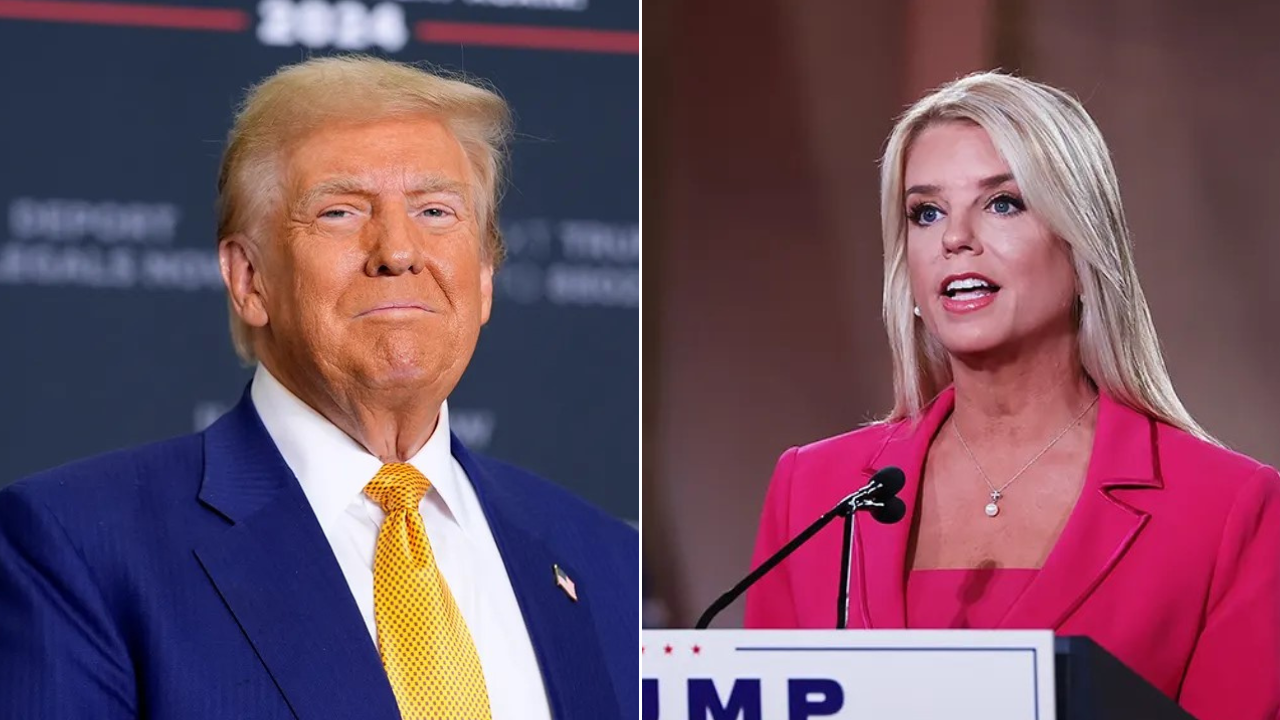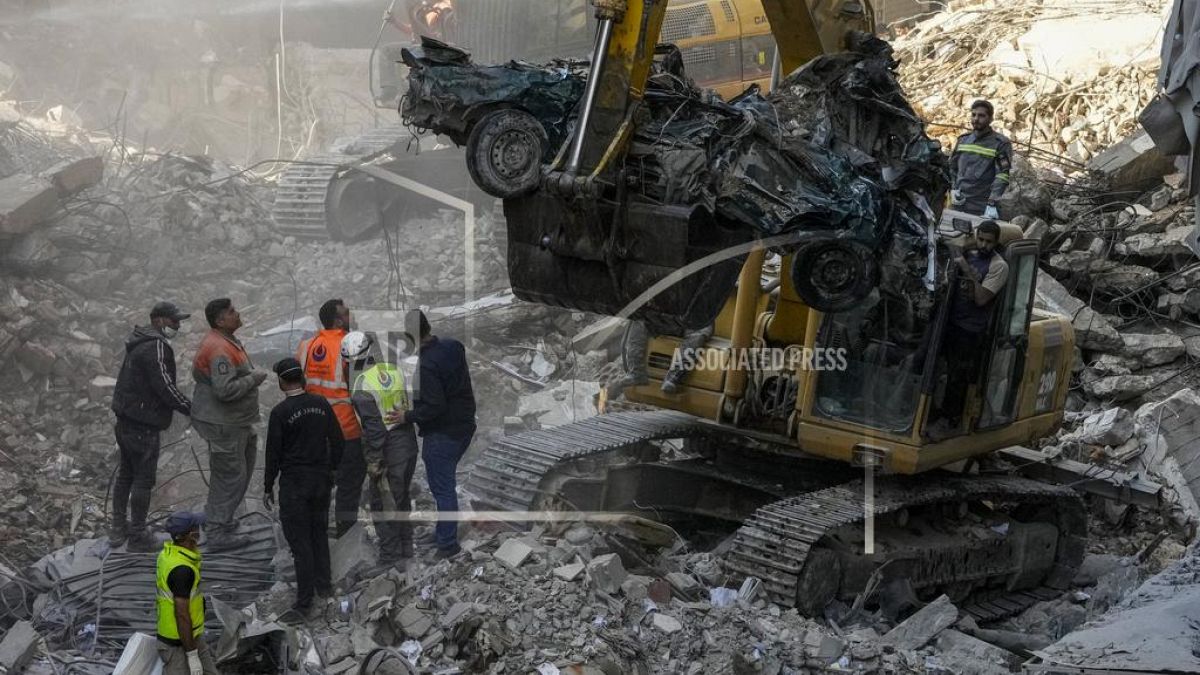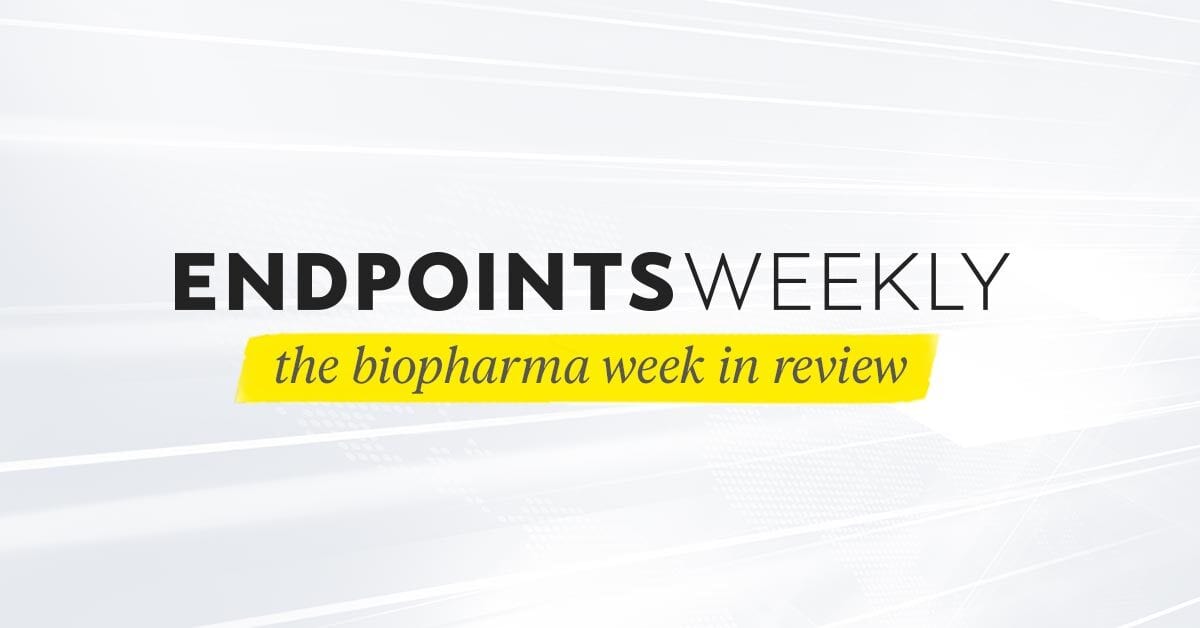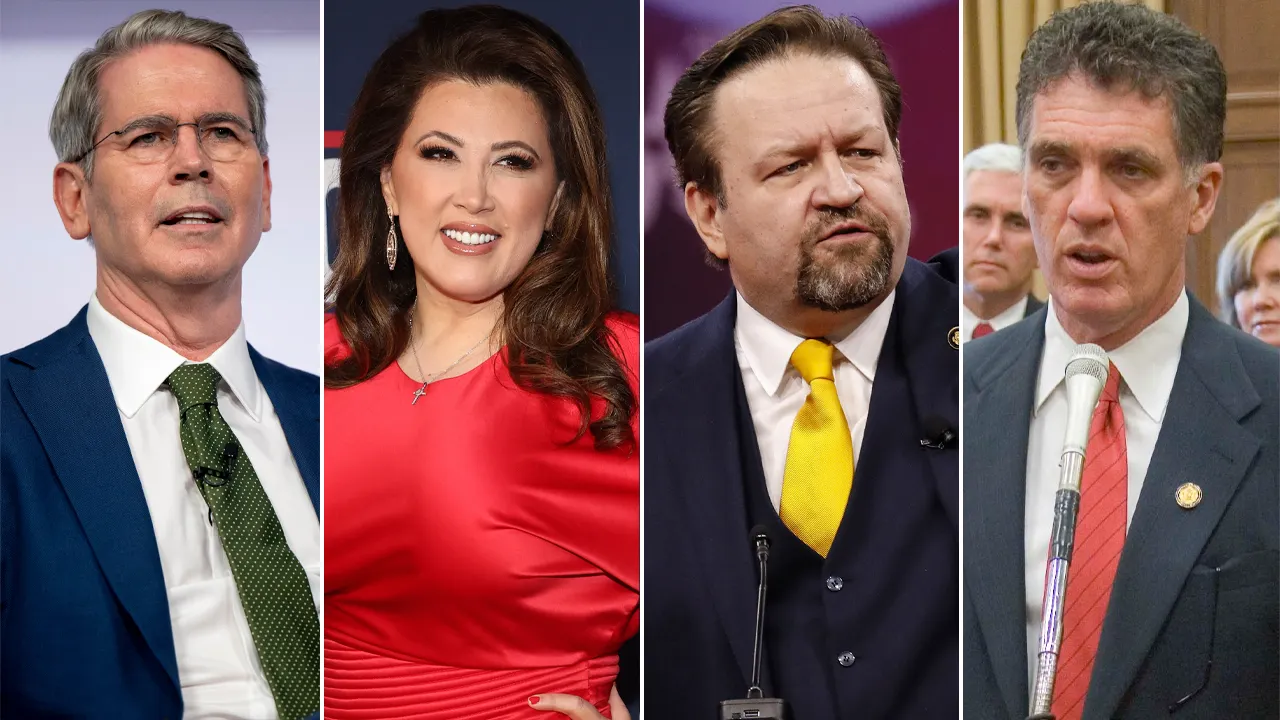San Francisco, CA
Waymo/Cruise Butt Heads With San Francisco Officials Over Robotaxi Stall-Outs.

San Francisco claims it has logged 50 reports on problems with first responders in 2023
August 7, representatives of Cruise and Waymo appeared, opposite San Francisco officials, before the California Public Utilities Commission to deal with questions about controversial events involving robotaxis in the city. The first hour was about “unexpected stops,” a term which resulted in a fair bit of debate as both sides defined the term differently.
The CPUC had told attendees they would need to address questions about unexpected stops, particularly those involving first responders or disrupting traffic. Both Waymo and Cruise decided to provide statistics on what one called “Vehicle Rescue Events” (VRE) where a human rescue operator is dispatched to go to a stopped vehicle to solve the problem, sometimes by manually driving it out of the area or even back to the depot. City officials indicated their statistics were about all stops that caused a problem that was reported to them, and they claimed there were more such incidents.
Cruise offered the following statistics:
- They had 177 of these VREs from Juan 1 to July 18, 26 with a passenger on board.
- During that time they drove over 2.1M miles in SF, which they indicated was 10x more than all the other operators in the city (mostly Waymo.)
- This rate amounted to one VRE per 79,000 miles of passenger service, and 1 per 11,500 for all types of service, but that this has been steadily improving, and is now 1 per 30,000 miles. There have been no harm to passengers in any incident.
- Only 2 of these VREs involved emergency responders according to their notes. In contrast, they noted 168,000 encounters with emergency responders, solving over 98% of them fully autonomously.
- The average response time for a VRE rescue was 14 minutes. About 1/3rd involved a vehicle needing to be taken back to depot.
Waymo offered somewhat different calculations
- They have driven 3M miles (mostly outside in San Francisco) with 30,000 emergency vehicle encounters. (Waymo was more strict about limiting their reports to events with a passenger on board, because the CPUC authority is strictly over passenger services, not unmanned movement.)
- They report 58 “VRE” style events over the last 6 months. They also report that June was 80% less than earlier, implying a strong downward trend.
- Most (not quantified) of these events have been fixed and would not happen again in the same situation (presumably tested in sim.)
- Average retrieval time for a rescue was 10 minutes, sometimes as low as 2 minutes
- They only found 4 cases with 1st responders present, and in no cases where they impeded.
On the other hand, San Francisco officials, including top officials from the fire department, police and transit agency, wanted to report a different story:
- They report almost 600 incidents since launch (June 2022) and believe there are more
- SFFD has logged 50 reports in 2023 and logged 4 more the past weekend
- The most recent month (June) was the worst month — they do not agree that things are improving with time
- All SF officials lamented lack of 2-way communication with companies
SF claims that the number of incidents is getting worse. Waymo and Cruise say the problem rate is … [+]
Waymo and Cruise did take deliberate advantage of certain procedural items here. While it’s true that the CPUC only regulates passenger services, it’s also clear the public interest here goes beyond that, particular with emergency services. The commission should have understood that the questions needed stricter definitions to include events which seriously delayed traffic or emergency workers, not just events that needed a remote rescue. The companies indicated they were given only short notice to provide this data and did what they could. At the same time, the CPUC, which does indeed only regulate these vehicles as taxi services, is not the agency that should be considering these questions, and are only doing so under pressure from city officials who arguably overstepped by taking this route, as these matters are the province of the California DMV and NHTSA.
The resulting data is inconclusive. The most important question may be the difference of opinion on whether the rate of problems is improving or not. Waymo and Cruise both indicated they were improving, and that almost all past events were ones that were fixed and would not repeat. That is as it should be, and if it’s true, means that officials should have less cause for concern. Growing pains are expected and unavoidable — what matters is actual harm that takes place, and things which will follow a pattern and repeat. Humans as a group repeat their mistakes all the time and sometimes can’t be stopped, but robots are different, and properly managed, should not ever repeat the same mistake.
Training and interactions
The second section covered training, about which there was less controversy, though the officials again complained the training was mostly a one-way experience. They also objected to the fact that the companies work differently, forcing officers to take training for each company with double (or in the future quadruple) the time. They objected to the approach of asking officers to phone a company operations center (they don’t always carry phones) and the lack of input they had into the processes. Although the companies said that the ability for a vehicle to be manually driven by an emergency worker was done at the request of the emergency workers, they expressed that they did not have the time to do extra work to manage these vehicles and “babysit” them.
Both companies agreed it would be better to standardize procedures and to make interactions more intuitive, and report they are working on it. The companies should not have expected law enforcement agents to take space training in order to work with their vehicles, at least if you follow the principle that you must drive in the world you are given rather than forcing it to adapt to you — but hopefully this will change with time.
How to fix it?
The next session discussed what to do about problems. The position of the SF officials was that problems should never happen, and if they do, they must be resolved “immediately.” Their position is that a minute can be an immense amount of time in an emergency. Police feel similarly, that any command they issue should be acted on immediately, and that the vehicle code demands that.
LAFD agreed and want a system so that they can define “geofences” or “no-go zones” in a standard way so that all vehicles will avoid the emergency scenes.
Waymo agreed that situations should be resolved “as quickly as possible” though avoided promising that that is “immediately.”
Cruise indicated that they do immediately detect emergency scenes and connect a remote advisor every time, and those advisors can talk to people near the car, roll down windows, give the vehicle a new path, and allow manual driving by a first responder.
Both sides seem to feel the other side isn’t communicating well. Perhaps some mediation would make sense to improve that. Cities will have to realize that some of these things are simply not under their authority and that’s a deliberate choice in order to reduce regulatory overload — but at the same time companies may be wise to work a little more closely with their pilot deployment cities, but tell cities they move into later that they should not expect much regulatory power to avoid the problem of companies being forced to work with thousands of authorities.
Mark Gruberg, a taxi driver representative expressed the view that vehicles “aren’t anywhere near ready in general” and called for slowing down deployment. He felt the approval hearing in 3 days will be a rubber stamp and the CPUC should collect more data.
Peter Lreo-Monoz from Silicon Valley Leadership Group expressed their support for Waymo, as did Ariel Wolf of the Autonomous Vehicle Industry Association who also asked whether CPUC hearings are the correct place for this issue — in general the statements from both Tech industry representatives and the Taxi driver representative matched closely with their expected financial interests.
Sharon Giovinazzao, an advocate for the blind, outlined the bad safety record of human drivers — including the drivers of emergency vehicles who are involved in many serious accidents, she reported.
Her questions did suggest one thing that was missing from these hearings, which is data on how often human drivers block traffic or interfere with emergency scenes, and for what duration. That robotaxis make mistakes — and will make more mistakes in their early pilots — is to be expected, and the important question is whether they cause more trouble than human drivers, and how that will trend into the future.
Rep from Haas Alert shows their existing system which sends a digital signal about approaching … [+]
Cory Hohs of HAAS Alert promoted the system his company has built to allow communication of emergency operations to drivers, and is standard in many cities and emergency vehicles, and comes per-installed on fire trucks and ambulances. He asked why these systems are not already being used to solve this problem.
The last session had most of its focus on the Mobility Data Specification (MDS), a standard created in Los Angeles for data gathering and commands for Scooters and taxis among others. Most parties were not fans of it — it has a variety of privacy issues and offers a lot of command and control the city, more than members of the public might expect.
Analysis
The CPUC is really the wrong body to deal with the question of whether robotaxis are working well with emergency vehicles, and how they should. That doesn’t mean there aren’t issues, but they don’t belong with the agency that many regulates how they will provide ride service and passenger safety. If other agencies like the DMV find they don’t operate safely with traffic and emergency vehicles, the CPU’s main role should be to use that finding in their decisions on where to licence ride service.
Better data should be made available — via the DMV. There should be consensus on what incidents are problematic, how often they are happening, how often they happen with human drivers, and what the trends of improvement are. If things are improving, the regulatory hand should probably be light until problems persist, though there should be regular dialogue among the parties to make sure that everybody is aware of what’s happening.
At least today, the city official may not get the standard of “immediately” they hope for, where a car responds to their voice commands and gestures as well as an alert human. On the other hand, this is probably attainable in the future. Teams simply don’t seem to have put in full effort early at reaching this level of responsiveness. They should perhaps work to demonstrate where they will be going in the future to build confidence in all parties.
The vendors should indeed seek to get better data on where emergency situations are underway, and avoid them before they even get there — even before the emergency vehicles get there. The vendors are aware of the MDS used in LA and Waymo is participating in its drafting but have concerns over the privacy implications of existing designs which record where people travel. Made better, they should also be better at resolving emergency situations quickly. This may involve the use of remote driving in areas that have sufficient bandwidth and latency for this to work well.
With both Cruise and Waymo insisting that their remote operators are always connected in emergency situations, and that they can talk to people near the car, it is unclear what has caused the incidents where emergency workers seem to try to talk to a car which does not respond. More information on this should be disclosed.
Vendors should all work to present an extremely intuitive interface to emergency responders. It should be necessary for such people to take “training” in order to handle the basics of working with these vehicles. That doesn’t mean there aren’t things that should go into their regular training problems, particularly things which can’t readily be made intuitive. The interfaces should be fairly uniform, but being intuitive and easy to understand is even more important — after all, human drivers don’t have a standard interface, but we all know how to talk to them.

San Francisco, CA
San Francisco D.A. announces conviction in 2015 quadruple murder

SAN FRANCISCO – Nearly 10 years after a quadruple murder, drive-by shooting shocked the San Francisco Hayes Valley neighborhood, District Attorney Brooke Jenkins on Friday announced the conviction of the San Francisco man responsible.
The D.A.’s office issued a news release that said Lee Farley, 36, was found guilty by a jury on four counts of first-degree murder with special circumstances when he opened fire on an occupied vehicle on the night of January 9, 2015.
According to evidence and testimony, four men were ambushed from behind on Laguna Street just south of Page Steet at around 10 p.m.
The jury found that Farley committed this act as a participant of a criminal street gang and that he was a felon in possession of a firearm.
Police arrested Farley in the summer of 2016. He was already serving time at a federal prison in Atwater on unrelated weapons charges when he was taken into custody.
The slayings of Manuel O’Neal, David Saucier II, Harith Atchan and Yalani Chinyamurindi left the victims’ families in turmoil as they waited for justice.
“I would like to thank the jury for their service in this trial,” said District Attorney Jenkins. “I would also like to thank the mothers and families of the murdered men for their patience, faith and trust in my office to get justice for their families. Our strong legal team fought hard, understanding that while nothing we do can bring back their loved ones, that hopefully this verdict brings them some comfort.”
The D.A. thanked her team and the San Francisco Police Department’s homicide unit for their work on this case.
Farley’s sentencing will be scheduled after a bench trial on priors. That date is set for Dec. 16, 2024.
San Francisco, CA
San Francisco Giants Seen as Top Trade Partner for Chicago Cubs Superstar

The San Francisco Giants are expected to swing big this offseason as they look to get themselves back into playoff contention.
A pitch to superstar slugger Juan Soto is considered to be that first big swing, although they are not expected to end up landing him.
Assuming the Giants end up missing on Soto, there are plenty of other fallback options that they could consider.
Pete Alonso and Anthony Santander are two other free agents that the Giants have been connected to. However, there is also a potential trade target that has been linked to San Francisco.
Looking at the needs the Giants have, they could use more starting pitching, especially if Blake Snell ends up leaving town in free agency. But San Francisco could also use more offensive firepower. They need a big bat to plug into their lineup.
With that in mind, Chicago Cubs star outfielder and first baseman Cody Bellinger has come up as a potential option.
Zach Pressnell of Newsweek has named the Giants as one of the top potential trade suitors for Bellinger if the Cubs end up trading him. Reports have come out that Chicago would like to trade their star this offseason. With new leadership in San Francisco, after the hiring of Bustery Posey as president of baseball operations, there is a chance the former All-Star catcher would listen on a deal for the slugger.
“San Francisco has to chase the Los Angeles Dodgers and the San Diego Padres in its own division before it can worry about coming home with the World Series title,” Pressnell wrote. “A move for Bellinger would push the Giants in the right direction without breaking the bank.”
Bellinger would certainly be an intriguing option for San Francisco. He’s set to make $27.5 million in 2025 and then will have another choice to make before the 2026 season, as his current deal has another option year. There is a chance that he could opt into another year of his deal at $25 million.
During the 2024 MLB season, Bellinger produced lower numbers than expected. However, he dealt with some injury issues and the Cubs as a whole played under expectations.
He played in 130 total games, hitting 18 home runs to go along with 78 RBI. Bellinger also recorded a slash line of .266/.325/.426.
Just one year previously in 2023, Bellinger had a much stronger season. He hit .307/.356/.525 to go along with 26 home runs and 97 RBI. He was also named the National League Comeback Player of the Year award winner.
All of that being said, the former National League MVP would be an excellent addition for the Giants. Depending on what Chicago is asking for in return, San Francisco should strongly consider making a push to acquire him.
San Francisco, CA
San Francisco Giants Named Potential Landing Spot for All-Star Slugger

The San Francisco Giants are heading into free agency hoping to finally make a splash after missing out in recent years.
It was another mediocre season for the Giants in 2024, as they finished just under .500 and hovered around that record for most of the year. Besides a couple of outlier years, San Francisco has struggled for most of the decade.
Now, former catcher Buster Posey has taken over as president of baseball operations, and hopes to change the trajectory of the franchise.
Over the past few winters, the Giants have consistently missed out on the top free agents. The hope is that Posey will bring some credibility to San Francisco and help convince free agents to come.
Heading into the offseason, one of the most glaring needs for the Giants is to improve the offense. Recently, Zachary D. Rymer of Bleacher Report spoke about San Francisco as a good landing spot for Baltimore Orioles slugger, Anthony Santander.
While the Giants play in one of the most pitcher-friendly parks in the league, their lack of power has really held the team back. San Francisco has not had a home run hitter since Barry Bonds, who was the last Giants player to hit 30 home runs for the team — back in 2024.
The Giants have swung and missed on top free agents like Giancarlo Stanton, Bryce Harper, Aaron Judge and Shohei Ohtani in recent years. An agreement with infielder Carlos Correa went up in smoke after his physical revealed a concerning injury and nixed that deal.
Santander is in the superstar category. But, last year with the Orioles was able to total 44 home runs and 102 RBIs.
That type of offensive production is exactly what San Francisco needs in the middle of the order, as he would pair nice with Matt Chapman and Heliot Ramos in the lineup. Also, he would provide the Giants with a switch hitter to help diversify their lineup.
In the spacious outfield of San Francisco, Santander might be a tad exposed defensively, but he could slide into the designated hitter slot a majority of the time. Santander usually played right field in Baltimore.
While the Giants want to bring in some good talent, they are also trying to build sustainable success for the future.
Adding a player the caliber of Santander would fix one problems in the lineup for San Francisco, but more work would still need to be done.
-
Business1 week ago
Column: OpenAI just scored a huge victory in a copyright case … or did it?
-

 Health1 week ago
Health1 week agoBird flu leaves teen in critical condition after country's first reported case
-

 Business6 days ago
Business6 days agoColumn: Molly White's message for journalists going freelance — be ready for the pitfalls
-

 Science3 days ago
Science3 days agoTrump nominates Dr. Oz to head Medicare and Medicaid and help take on 'illness industrial complex'
-

 Politics5 days ago
Politics5 days agoTrump taps FCC member Brendan Carr to lead agency: 'Warrior for Free Speech'
-
/cdn.vox-cdn.com/uploads/chorus_asset/file/25739950/247386_Elon_Musk_Open_AI_CVirginia.jpg)
/cdn.vox-cdn.com/uploads/chorus_asset/file/25739950/247386_Elon_Musk_Open_AI_CVirginia.jpg) Technology5 days ago
Technology5 days agoInside Elon Musk’s messy breakup with OpenAI
-

 Lifestyle6 days ago
Lifestyle6 days agoSome in the U.S. farm industry are alarmed by Trump's embrace of RFK Jr. and tariffs
-

 World5 days ago
World5 days agoProtesters in Slovakia rally against Robert Fico’s populist government





